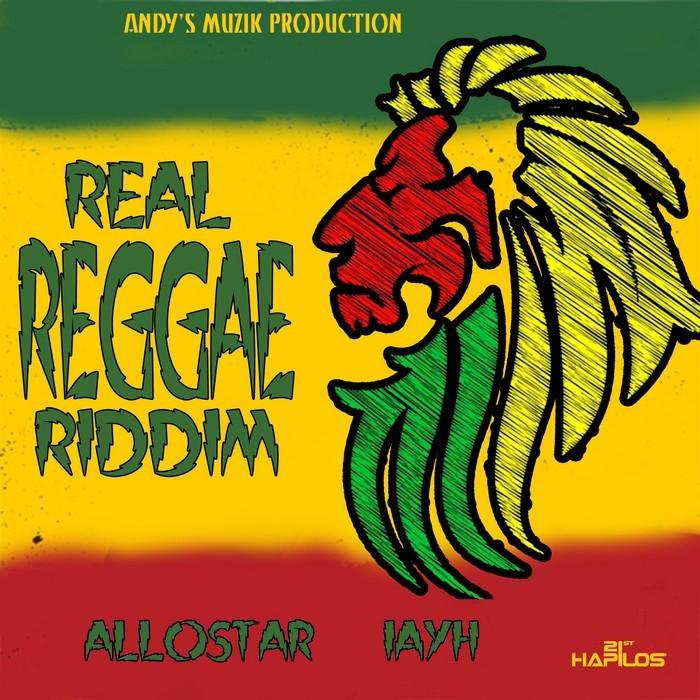

The mass popularity of instrumental music in the ska and rocksteady eras continued in reggae, producing some of the most memorable recordings of the early reggae era. More emphasis was put on the groove of the music, and there was a growing trend of recording a "version" on the B-side of a single. The guitar "skanks" on the second and fourth beat of the bar began to be replaced by a strumming pattern similar to mento and the so-called double chop that can be heard so audibly in the introduction of Bob Marley's " Stir It Up" was developed during this time.

One of the developments which separated early reggae from rocksteady was the "bubble" organ pattern, a percussive style of playing that showcased the eighth-note subdivision within the groove. The influence of funk music from American record labels such as Stax began to permeate the music style of studio musicians and the slowing in tempo that occurred with the development of rocksteady had allowed musicians more space to experiment with different rhythmic patterns. The "early reggae" era can be traced as starting in roughly 1968. A successor of ska and a precursor to reggae, rocksteady was performed by Jamaican vocal harmony groups such as the Gaylads, Toots & the Maytals, the Heptones and the Paragons. In 1966, many ska musicians began to favour slower rhythms and beats, and the form began to evolve into rocksteady. Many of ska's popular acts such as Desmond Dekker & the Aces, Bob Marley and the Wailers, the Skatalites, Toots & the Maytals, Byron Lee & the Dragonaires, and the Melodians, later became associated with reggae.

In the early-to-mid 1960s, ska became the most popular form of music in Jamaica and set the stage for rocksteady and reggae. The tempo is usually upbeat and often features horns, usually trumpets, saxophones, and trombones, as well and pianos and keyboards, bass, and drums. The style is characterized chord chops on the offbeat, sometimes called "upstrokes". It incorporates elements of mento and calypso, as well as American Jazz and R&B, which were popular on Jamaican radio. By the 1950s, musicians began to absorb the influences R&B and jazz from the United States, resulting in the development of ska. Ska began in the 1950s, coinciding with Jamaica's independence from Great Britain.

Mento reached its peak of popularity in the 1950s with the success of acts such as Louise Bennett, Count Lasher, Lord Flea, Laurel Aitken, and Harry Belafonte, but is sometimes confused with calypso, a similar style from Trinidad. Mento is a Jamaican folk music based on traditions brought to Jamaica by West African slaves which blended with later influences such as the quadrille. Reggae grew out of earlier musical styles such as mento, ska and rocksteady. There are several subgenres of reggae music including various predecessors to the form. Overview of the subgenres of reggae music


 0 kommentar(er)
0 kommentar(er)
